You'll be buying electric cars from tech companies soon – here's why
Xiaomi reveals its EV plans… but is this just the beginning?
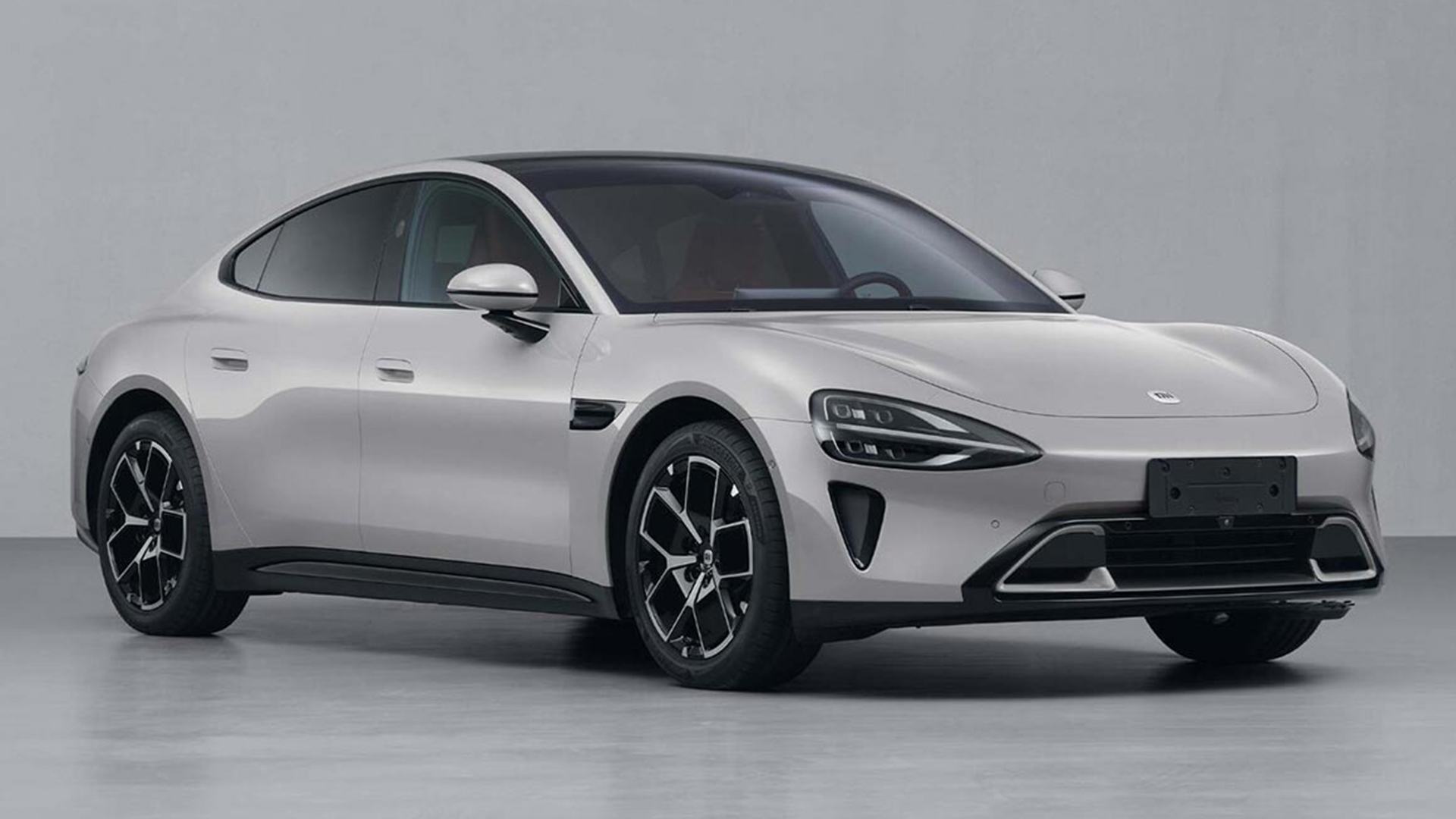
Can you believe that the first mention of Apple’s potential move into the automotive space was way back in 2014? Yup, almost a decade ago, rumors surfaced that Apple’s 'Project Titan' would involve more than 1,000 engineers and that the results would be some kind of futuristic fully-autonomous vehicle.
Alas, the dream of self-driving cars hasn't been realized as fast as many tech insiders first imagined, so the project has been scaled back. But major players at Apple, including Apple Watch chief Kevin Lynch, are still reportedly on the project. The Apple Car could be closer than you think, but is now the perfect timing?
It could well be, because a lot has changed in the 10 years since Project Titan’s initial leaks, with arguably the most seismic shift in the automotive industry gathering an irriversible head of steam, particularly in the last couple of years.
Governments around the globe have set hard (ish) targets for phasing out the internal combustion engine, while the world’s biggest automakers have committed to an all-electric line-up by 2040, 2035, or if you are Nissan, Kia and Hyundai, as early as 2030.
The results are already tangible. In 2020, global EV sales were around the 3 million mark but by 2023, that had already rocketed to 10.25 million. It is predicted that by 2028, those sales will crest the 17 million mark and make up the majority of new car sales in developed markets.
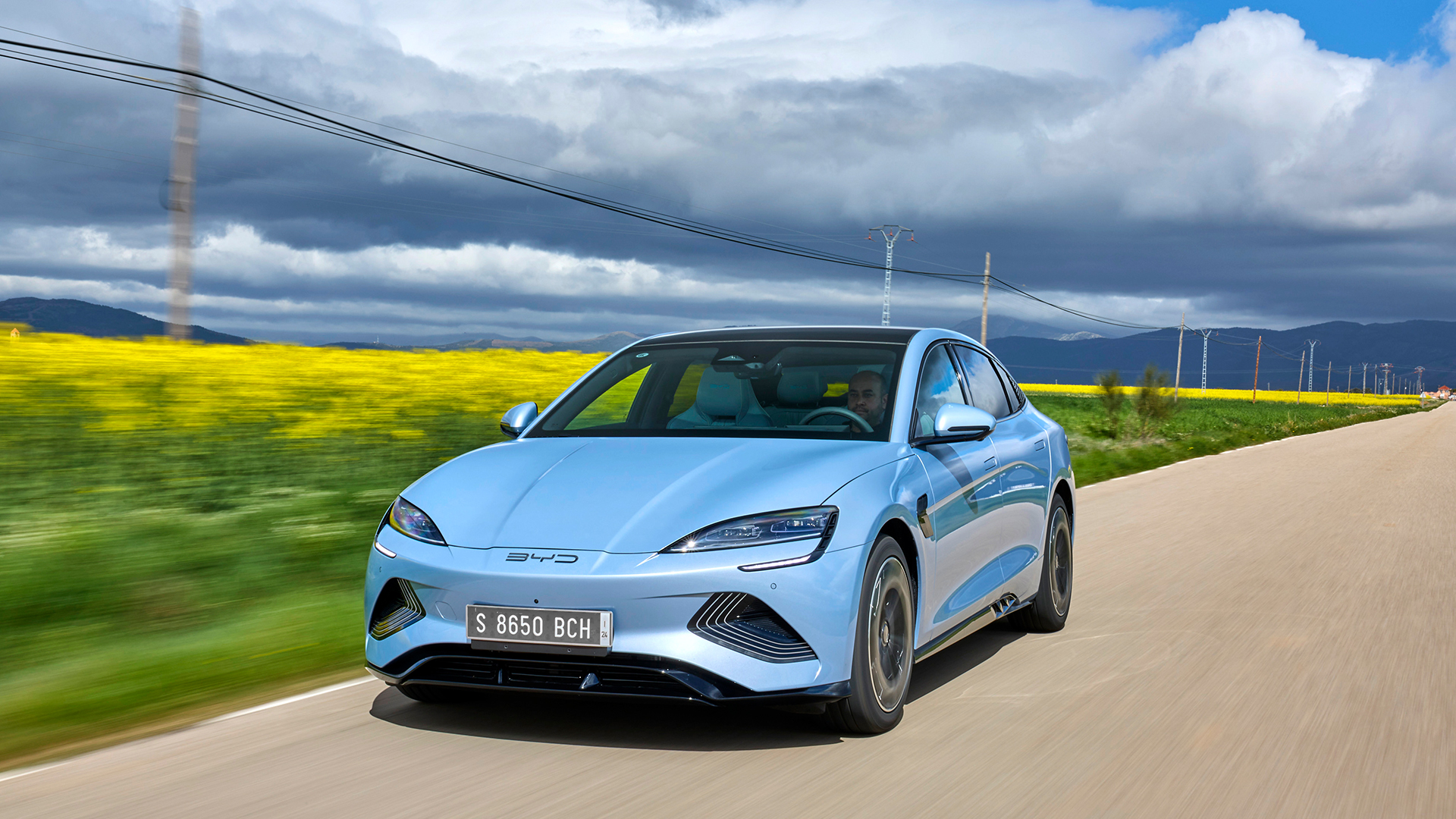
This switch to electric motors and battery packs has transformed the way modern cars are designed and built, and this is particularly pertinent for EVs. Fewer moving mechanicals nearly always means more tech, and aside from the obvious battery packs, electric motors, suspension, braking and steering systems, modern EVs are more or less gigantic computers on wheels.
This has allowed relative newcomers, like Elon Musk’s Tesla, to prove that what was once essentially a tech start-up business could take on the might of the establishment… and win. Suddenly, we are faced with a market leader that isn’t Ford, Mercedes-Benz, General Motors or any other 'legacy' OEM.
Sign up for breaking news, reviews, opinion, top tech deals, and more.
With success comes competition and one of Tesla’s biggest rivals is Chinese carmaker BYD, another EV brand that has shot from relative obscurity to the main stage in recent years. Zeekr, Xpeng and Nio are just a handful of other Chinese electric car companies that are beginning to make major in-roads in North American, European and Middle Eastern markets, as well as topping sales charts in their enormous domestic market.
So, with the growing acceptance of vehicles that lack those coveted historical bonnet badges, why couldn’t a tech company succeed in the buzzing EV environment?
Navigating the user experience
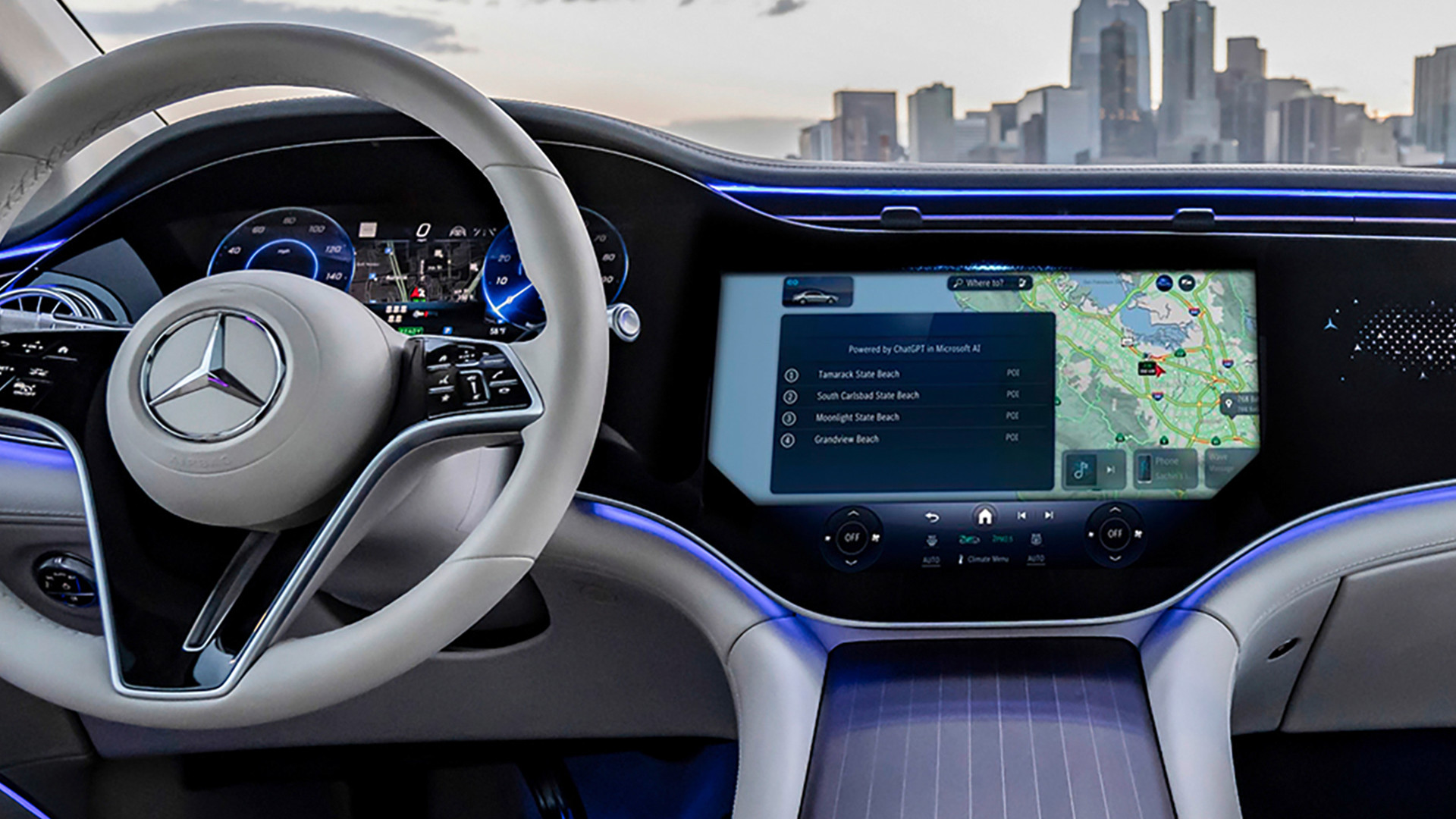
Aside from EVs, the other monumental paradigm shift in the automotive industry has been the relentless focus on infotainment. As vehicle refinement has improved to the point that it is tricky to distinguish one manufacturer's car from another, it is now often down to the quality of the digital experience to steal sales.
What’s more, electric vehicles have moved towards the software-defined vehicle (SDV) category, which means much of the vehicle's functionality (and even its powertrain) can be tweaked and updated via over-the-air updates (OTA).
Bottom line is, cars are becoming increasingly like your phone, tablet or laptop, whether you agree with that or not.
Most of today’s automotive start-ups have seized the opportunity to create all-encompassing ecosystems that play nicely with your smartphone of choice. We are not simply talking about a bit of Apple CarPlay and Android Auto functionality, but apps that can remotely unlock the vehicle, organize your service schedule and even add new vehicle features via subscription packages. Tesla is fantastic at this, but Rivian, Lucid and many others have followed suit.
Alas, 'legacy' automakers have been slow to catch up to this, likely down to the fact they are often embroiled in lengthy contracts with technology partners, or that they are tied into inflexible product cycles.
More recently, Mercedes-Benz has said it is looking to combat this with its own operating system, while Porsche has more recently turned to the Android Automotive developer toolkit to look after the underpinnings of future infotainment systems.
But if your future car is more about the digital experience and operating system than it is about the minutiae of suspension set-up and the linearity of its torque curve, why not entrust the entire thing to an established tech provider?
Xiaomi strikes first
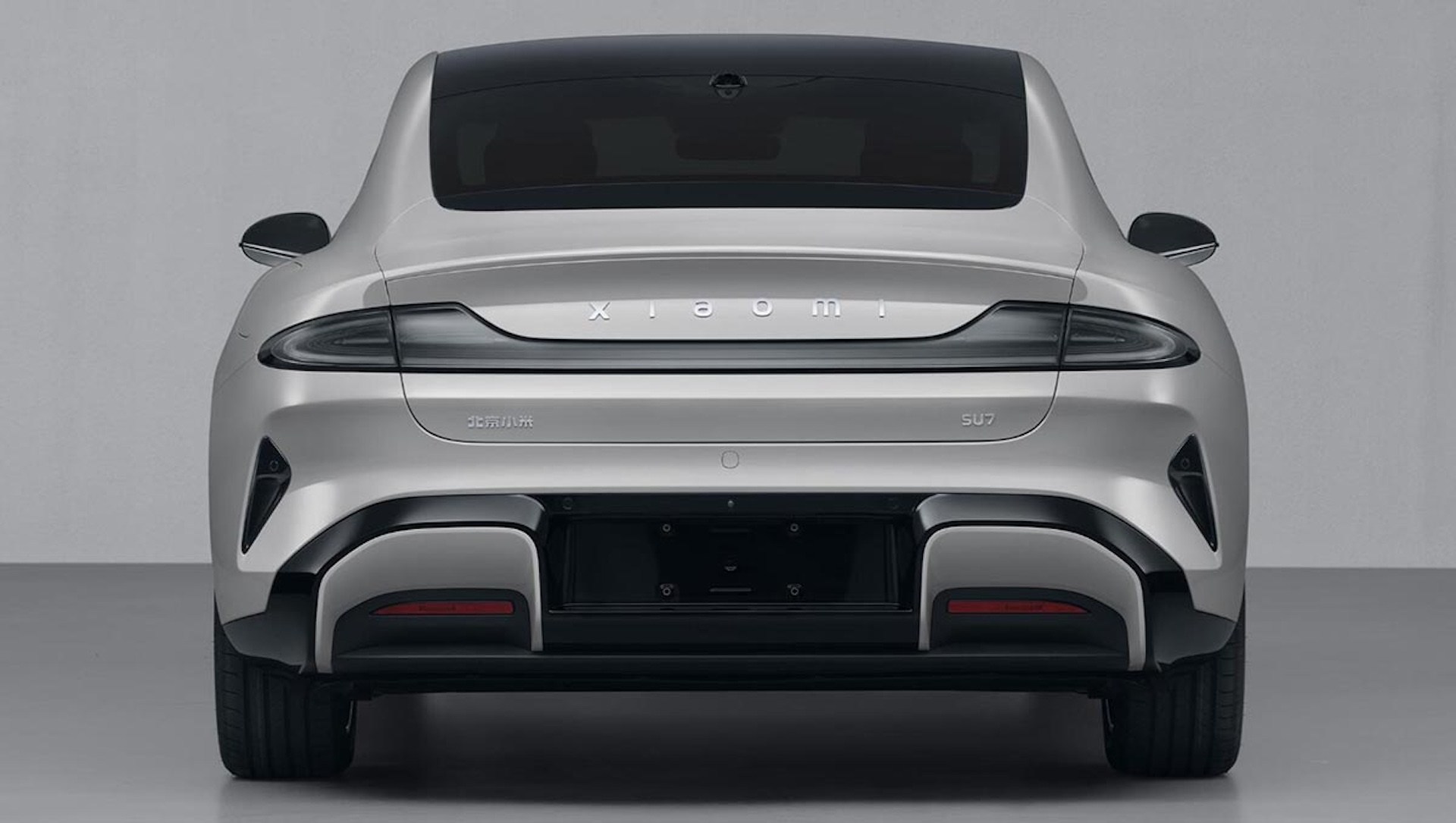
Leaks from China's Ministry of Industry and Information Technology (MIIT) last month revealed that Xiaomi was busy homologating its first electric car – the SU7 Sedan.
Set to be produced in conjunction with partners Beijing Automotive Industry Holding Company (BAIC), who will be handling all of the traditional car stuff, the SU7 looks set to be the first vehicle that is truly seamless with the existing Xiaomi ecosystem. A proper extension of the smartphone.
It is expected to be offered in a single-motor, rear-wheel-drive variant, producing 295hp, while a more exotic all-wheel-drive version will also go on sale that produces 663hp. There’s talk of an 800-Volt architecture (for fast charging) and 100kWh battery, which should result in an electric range in excess of 400-miles.
It’s likely to be a great EV, but potential customers will possibly be more interested in the fact it looks set to boast facial recognition, via a camera mounted on the B-pillar, which will allow owners to unlock and start the car without a key.
There's scant detail about smartphone integration, but we imagine it will be an essential part of the vehicle's functionality, acting as an additional screen, a digital key and offering the ability for drivers and occupants to continue their smartphone life inside the vehicle.
This isn't some flash in the pan, either, as recent reports suggest Xiaomi is more serious about its entry into the automotive sphere, with rumors that a hybrid model will rapidly follow the launch of its inaugural EV, as well as further models in the pipeline.
Huawei expands its auto operations
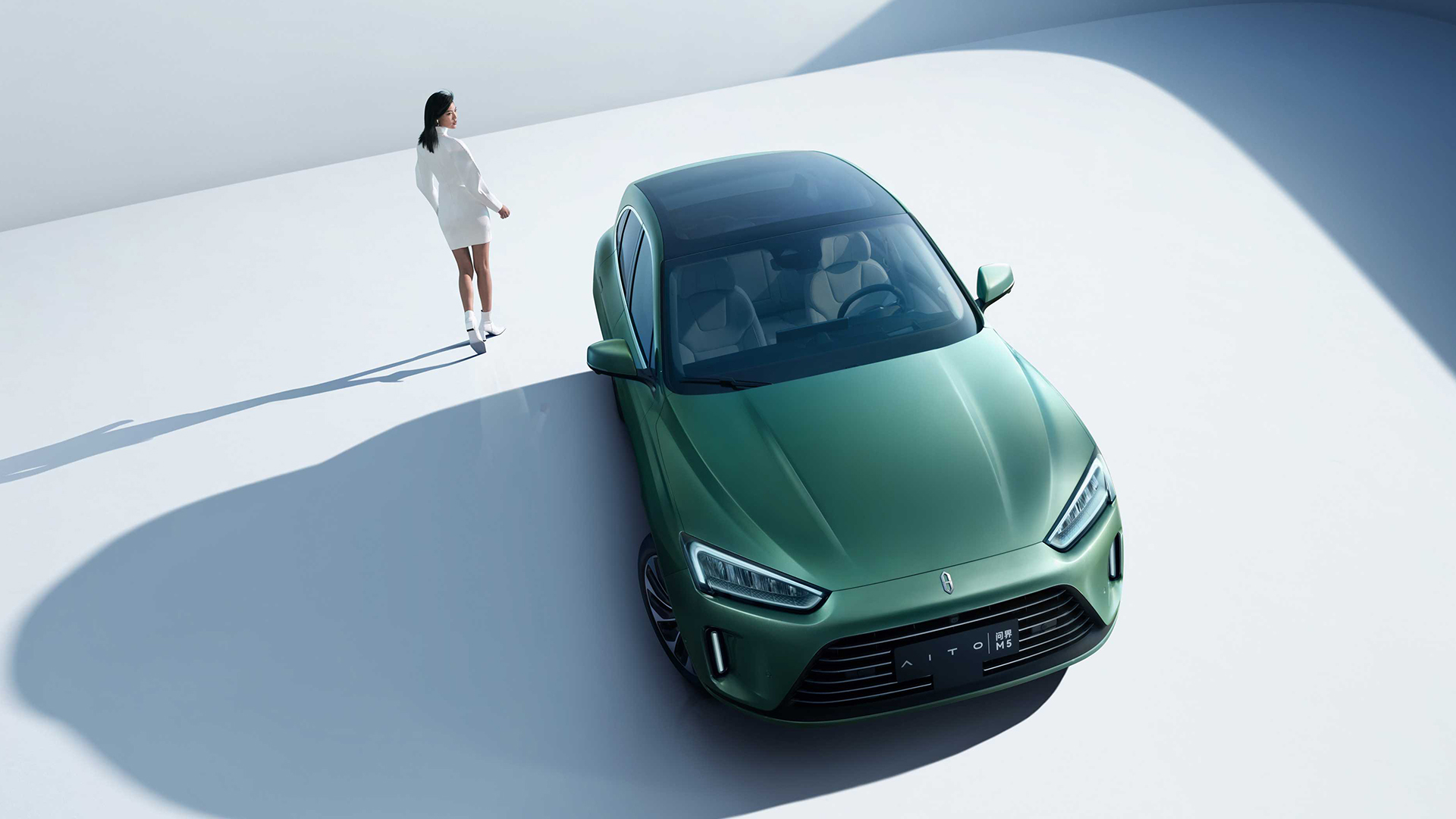
Although the Chinese tech giant Huawei is adamant it won’t manufacture an electric vehicle, its HarmonyOS is proving popular with the many carmakers it is currently working with in its domestic market.
Changan, which already offers the Avatr electric vehicle brand (itself powered by Huawei’s operating system), has said it is set to expand its technology partnerships with Huawei in the future.
Similarly, BAIC Motors and JAC Motors recently confirmed new working relationships, which will lead to a number of new Chinese EVs powered by Huawei smarts.
So far, we’ve already witnessed the Aito M5, which was built by Chinese manufacturer Seres but which featured a whole host of Huawei tech, including the ability to unlock the vehicle with the brand’s smartwatches.
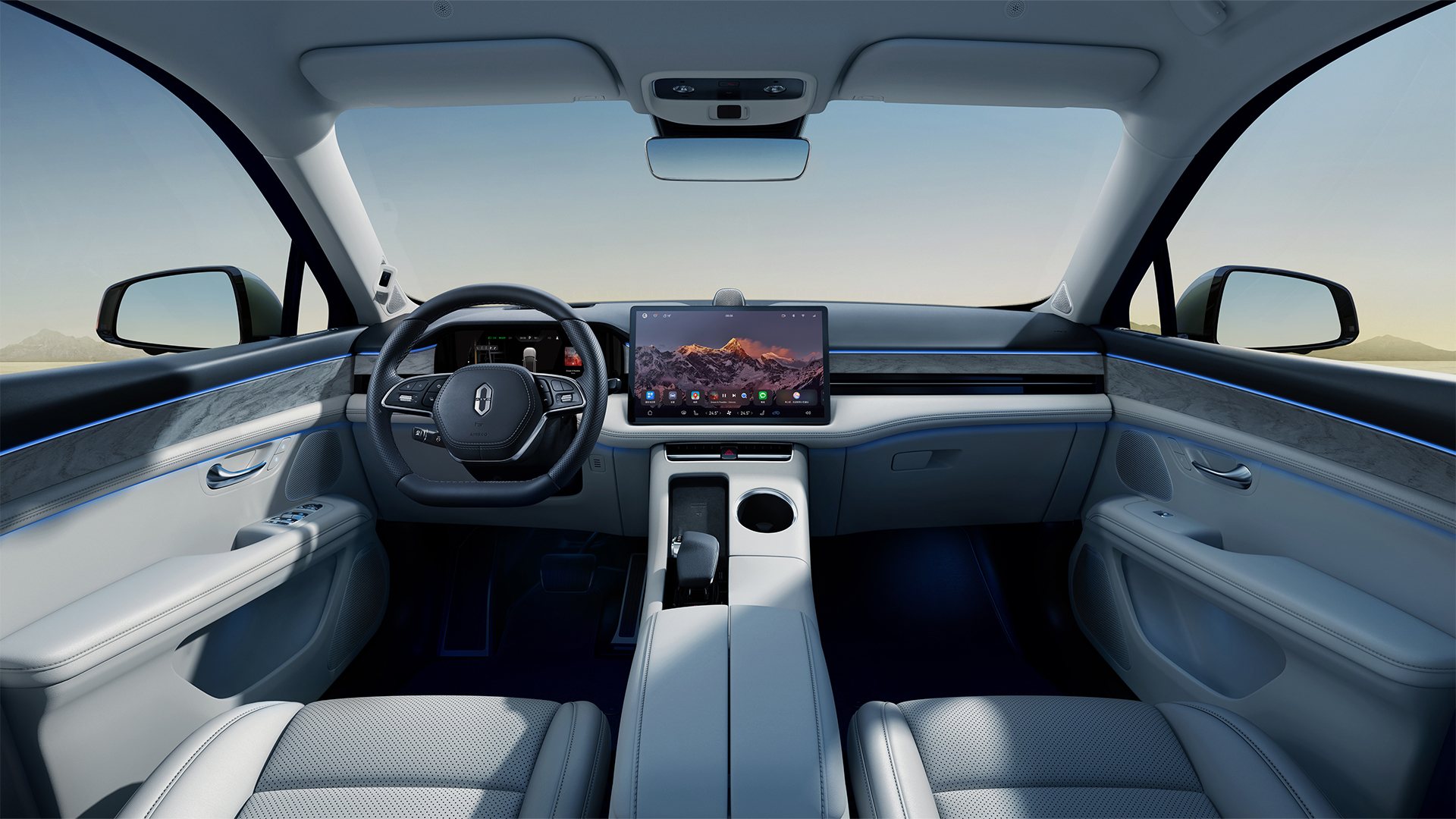
Again, this is currently limited to China and select Asian markets, but many of these burgeoning brands are rapidly becoming commonplace in parts of Europe, North America and beyond. Just look at BYD's recent successes outside of its domestic market.
But completing this serendipitous tech cycle is the news that some of these aforementioned Chinese automotive start-ups are also dabbling in smartphone tech. Nio recently launched a $900 Android phone in China, while we reported on Polestar teasing a high-end Android phone at its recent Polestar Day event in LA.
Both of these examples are rumored to offer UWB technology that can act as the vehicle’s key, provide an additional screen when in the car and take care of much of the vehicle’s comfort and convenience features.
This closing of the tech circle will only reinforce consumer confidence, bringing the idea of tech companies as carmakers into the public conscience and making the transition smoother.
Autonomous entertainment
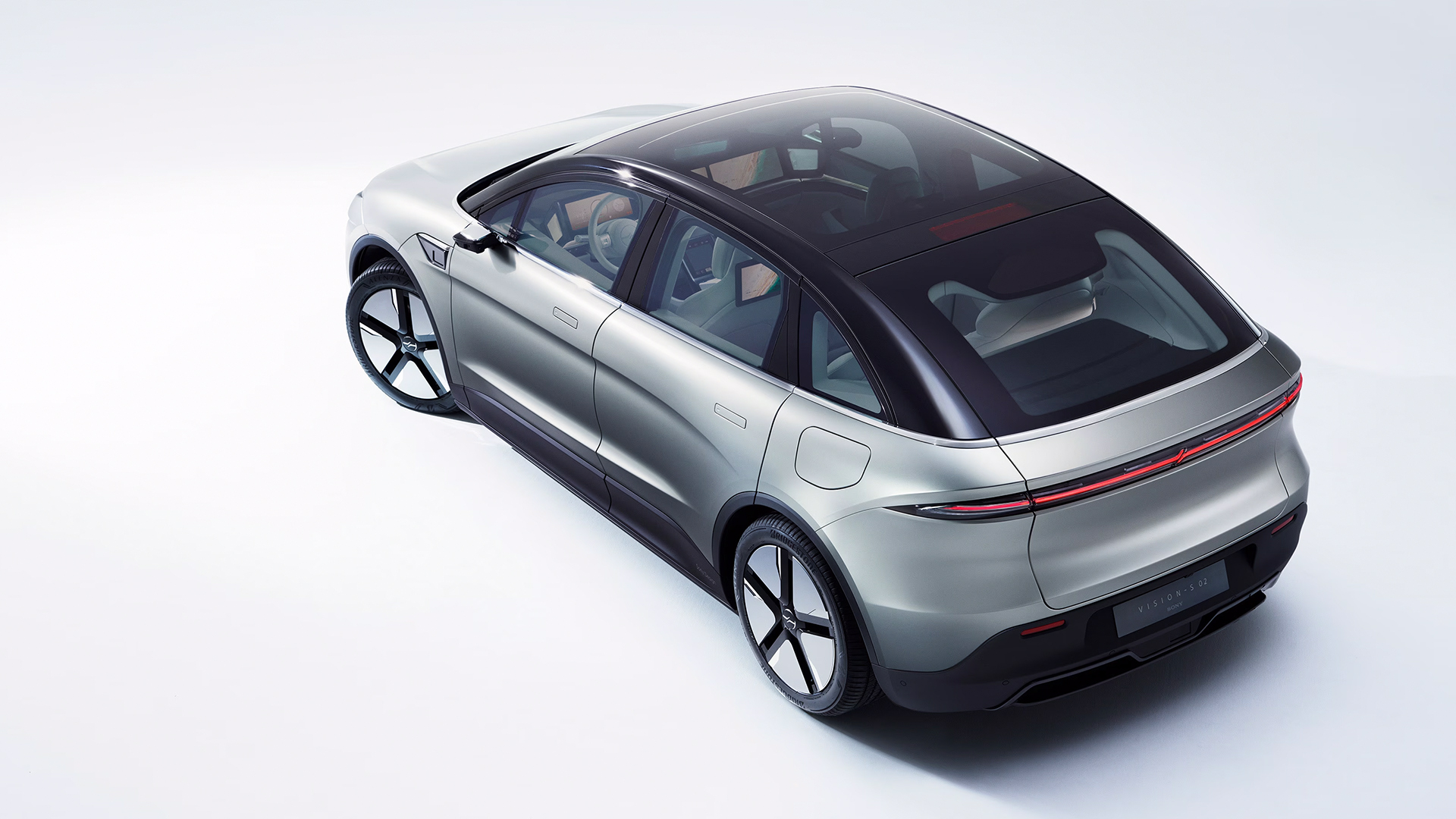
Traditional OEMs, many of which have dominated the industry for over 100 years, are likely breathing a sigh of relief that the road towards fully autonomous driving is proving long and arduous.
Because when that time comes, the thought of being loyal to one particular automotive brand goes out the window. The traditional ownership model will change, car-sharing will become commonplace and occupants will care less about their surroundings and more about what they can achieve during the journey.
Even now, in-car entertainment is racing ahead, as manufacturers look to allow passengers to binge on boxsets and play games on the move. Porsche’s Taycan and upcoming Panamera feature a screen that allows the front passenger to watch whatever they like, all without distracting the driver.
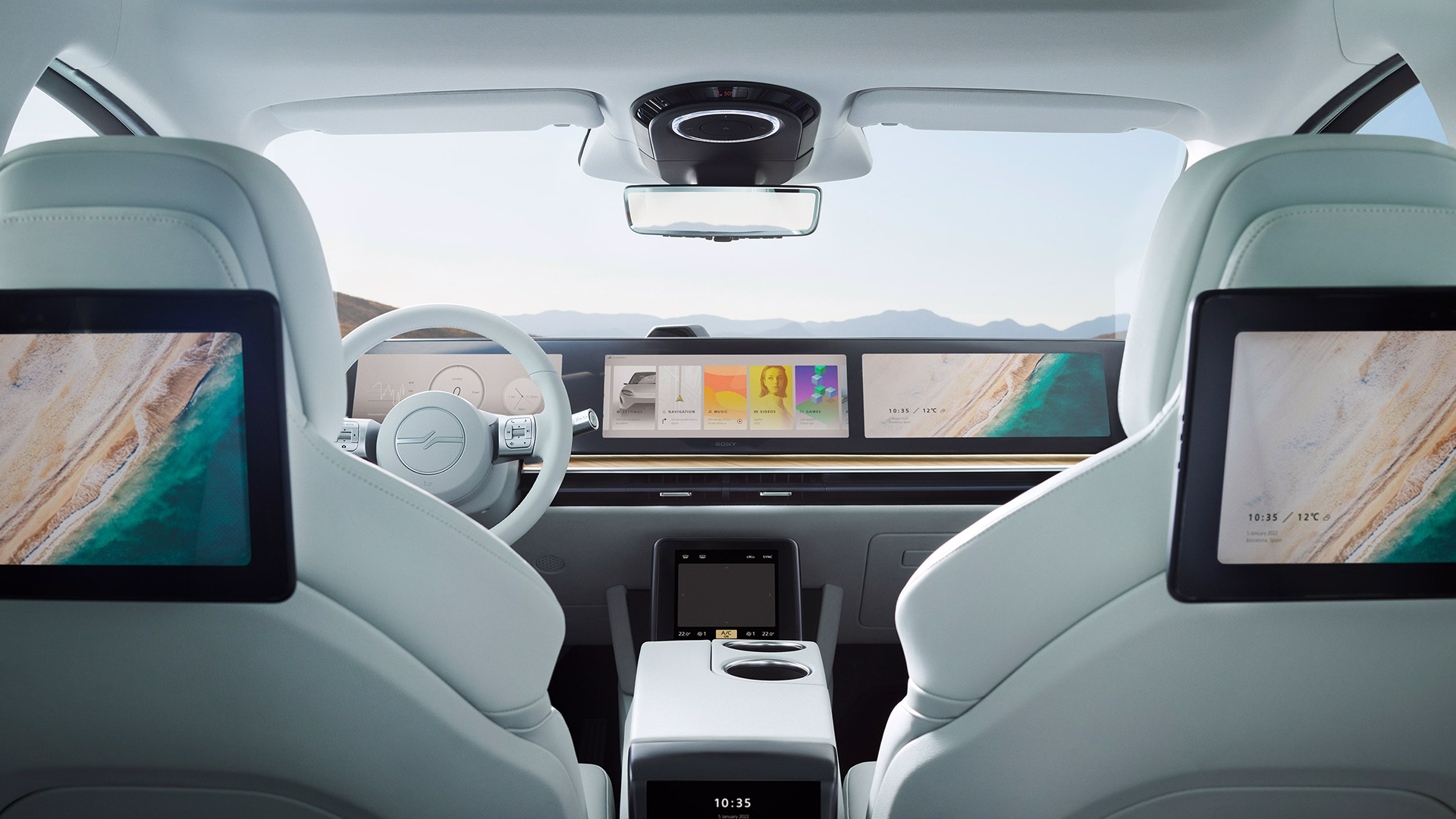
What’s more, anyone stuck at a slow EV charging station will attest to the importance of streaming or in-car gaming services while they wait.
Sony unveiled its Vision-S concept at CES back in 2020, but what seemed surprising then now increasingly makes more sense.
After all, why form a partnership with an existing OEM to licence the use of PlayStations in vehicles when you could just make the vehicle, complete with the latest audio systems, television technology and smartphone integration? It's a move that other tech giants appear to be embracing in increasing numbers, so don't be surprised if that Apple Car does eventually see the light of day.
You might also like

Leon has been navigating a world where automotive and tech collide for almost 20 years, reporting on everything from in-car entertainment to robotised manufacturing plants. Currently, EVs are the focus of his attentions, but give it a few years and it will be electric vertical take-off and landing craft. Outside of work hours, he can be found tinkering with distinctly analogue motorcycles, because electric motors are no replacement for an old Honda inline four.